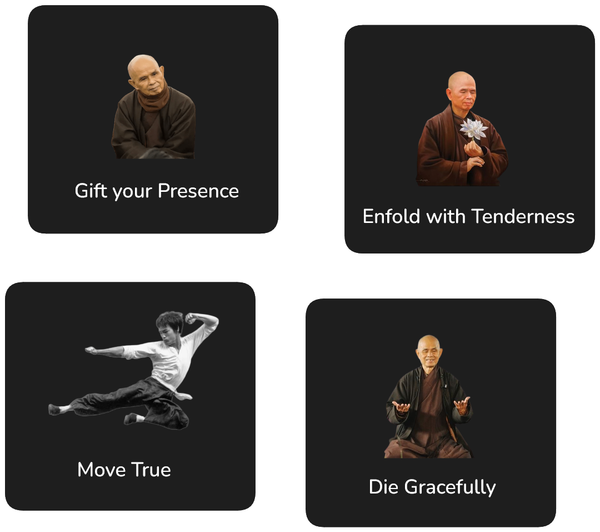Memory System Part 4: Symbolic Systems
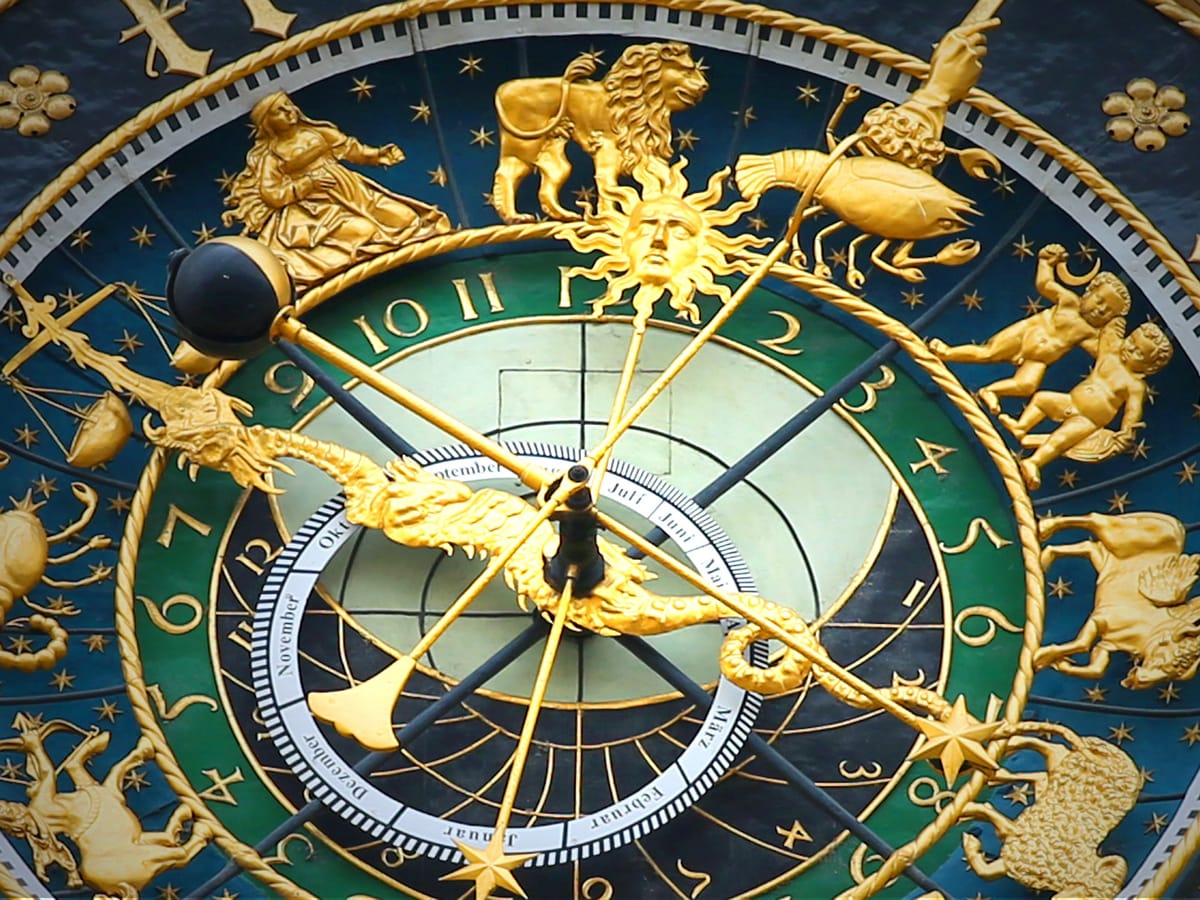
In the earlier parts of this series I have discussed the possible modern applications of ancient memory techniques. I mentioned that not everyone was convinced of the merits of some of the key tenants of the proposed system, chiefly its reliance on adding imagined images to what needs to be learned - specifically to create images for abstract ideas. Probably most important for our modern experience of learning would be the distaste of this approach by the Puritian architects of our education systems, for instance Erasmus. I myself have some reservations about the utility of transforming ideas into images, especially if it is done in an arbitrary way.
However, I think we also have a rich and long history of using specific images and symbols to represent abstract ideas and I believe that some of these can be used as memory aids; giving us images for abstract concepts, which we then can combine with what we want to remember.
Years - Chinese Zodiac Signs
We often need to arrange information by time and the twelve Chinese Zodiac signs provide a possible way to associate images to specific years within a twelve year window. I believe they are particularily useful for organising knowledge that lies a few years in the past or future. They are less useful for aiding as images for historical dates, especially if these span many decades (they can be useful though for remembering a cluster of dates within the same decate).
The following provides the Chinese Zodiac signs for the a twelve year window, starting in 2020.
| 1 - 2020 | Rat |
| 2 - 2021 | Ox |
| 3 - 2022 | Tiger |
| 4 - 2023 | Rabbit |
| 5 - 2024 | Dragon |
| 6 - 2025 | Snake |
| 7 - 2026 | Horse |
| 8 - 2027 | Goat |
| 9 - 2029 | Monkey |
| 10 - 2030 | Rooster |
| 11 - 2031 | Dog |
| 12 - 2032 | Pig |
Chinese Zodica Signs
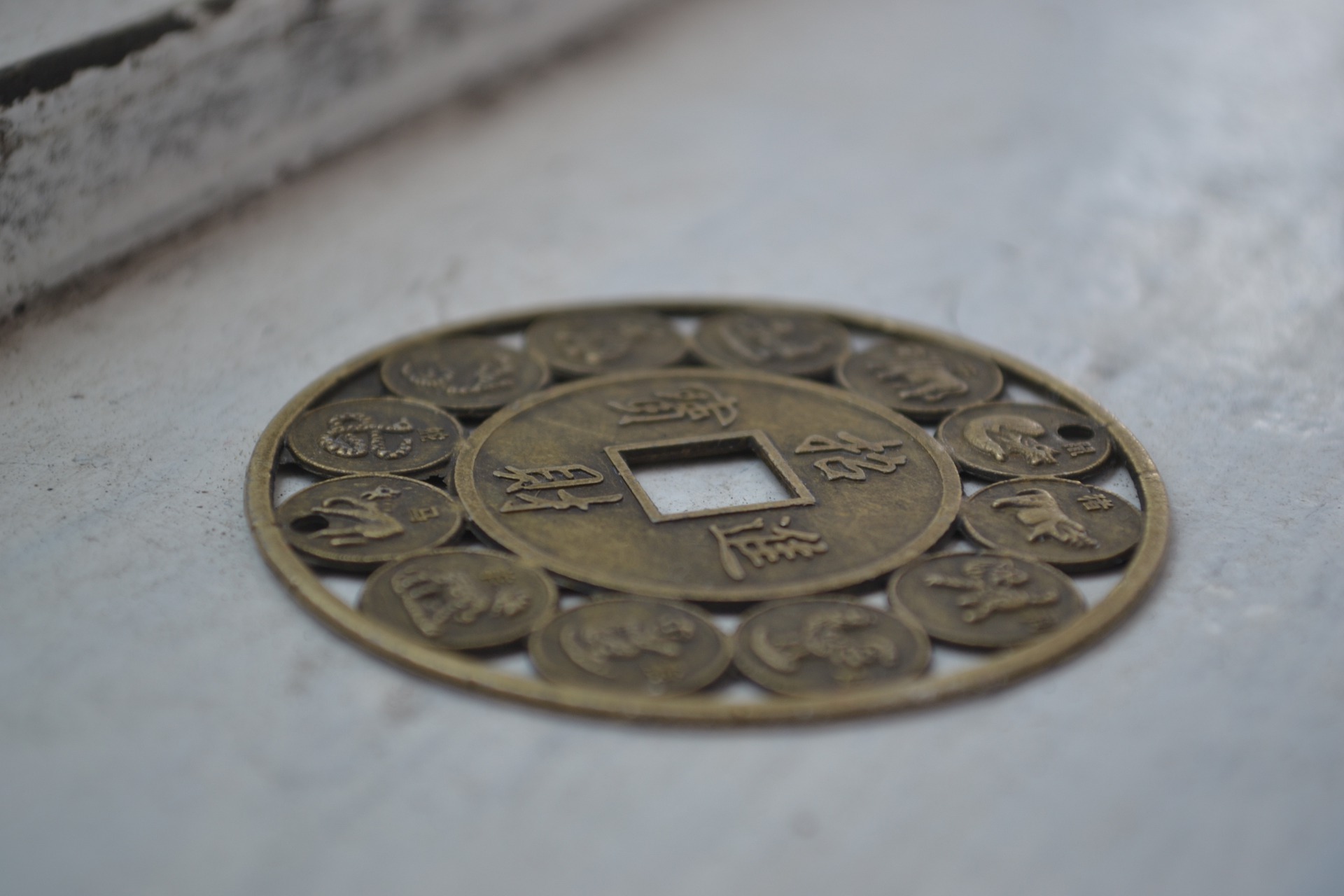
Coin with Chinese Zodiac Signs (YAGO_MEDIA)
Months - Western Astrological Signs
The signs of the western astrological calendar align roughly to the 12 months of the year. See the following table for an approximate mapping:
| Janurary | ♑︎ Goat, Capricorn |
| February | ♒︎ Water Bearer, Aquarious, |
| March | ♓︎ Fish, Pisces |
| April | ♈︎ Ram, Aries |
| May | ♉︎ Bullm Taurus |
| June | ♊︎ Twins, Gemini |
| July | ♋︎ Crab, Cancer |
| August | ♌︎ Lion, Leo |
| September | ♍︎ Maiden, Virgo |
| October | ♎︎ Scales, Libra |
| November | ♏︎ Scorpion, Scorpio |
| December | ♐︎ Archer / Centaur, Sagittarius |
Western Astrological Signs
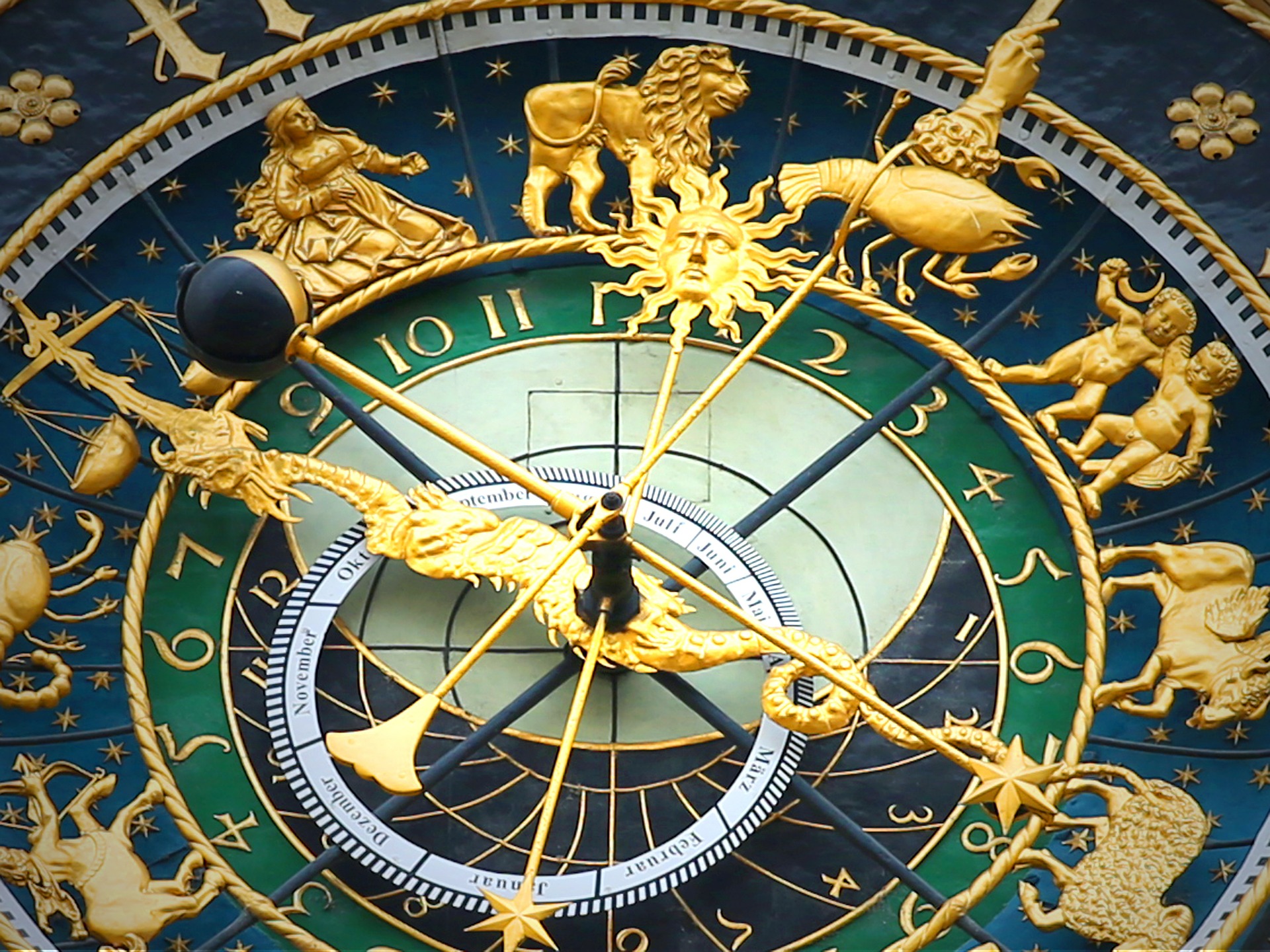
Astronomical Clock (Hermann)
Numbers - Shapes
A way to represent an ordered list or a specific number is to associate them with geometrical shapes of a matching number of points. The following list combines both two-dimensional and three-dimensional shapes to arrive at easy to recognise shapes.
| Number | Geometrical Figure | Image |
|---|---|---|
| 0 / ♾ | Circle | Ring |
| 1 | Dot | Ball |
| 2 | Line | Rope |
| 3 | Triangle | Street Sign |
| 4 | Square | Cloth |
| 5 | Square Pyramid | Pyramid |
| 6 | Triangular Prism | Roof |
| 7 | Hexagonal Pyramid | Diamond |
| 8 | Cube | Box |
| 9 | House/ Elongated square pyramid | House |
Mappings of numbers to geometrical shapes with a matching number of points
Here some of the less commonly known shapes which have been referenced above:
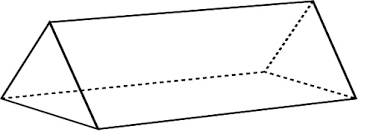
Triangular Prism
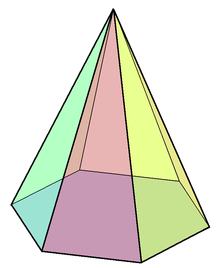
Hexagonal Pyramid
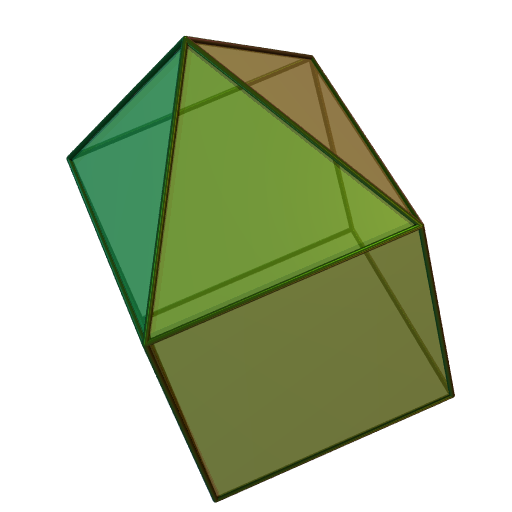
Elongated Square Pyramid
Numbers - Consonants
It is generally difficult to remember any abstract concepts, and numbers are no exception to this rule for most of us. Dean Vaughn suggestes a system to convert numbers into words in the book How to Remember Anything. This system is built upon associating numbers with specific consonants or more specifically sounds. Find the mapping of numbers to sounds below.
| Number | Consonant/ Sound | Examples |
|---|---|---|
| 0 | S, C, Z | Sea, Celery, Zoo |
| 1 | T | Tea |
| 2 | D, TH | Doe, Theater |
| 3 | M | Moon |
| 4 | R | Rain |
| 5 | L | Law |
| 6 | G, J, SH, CH | Gem, Jam, Shoe, Chow |
| 7 | C, K, G, Q, CK | Cat, Kite, Goat, Queen, Rock |
| 8 | V, F, PH | Vase, Foe, Photo |
| 9 | B, P | Bee, Pea |
Code for converting numbers to consonants
Vowels (a, e, i, o, u) and half-vowels (h, w, y) are not associated with any numbers. Combining the consonants from the table above and voweles/ half-vowels then enables to construct words that represent certain numbers. For instance, find below examples for numbers from 0 to 20 based on Dean Vaughn with some modifications:
| Number | Word |
|---|---|
| 0, 00 | hose, seesaw |
| 1, 01 | hat, suit |
| 2, 02 | hen, sun |
| 3, 03 | ham, sum |
| 4, 04 | hair, sore |
| 5, 05 | hail, sail |
| 6, 06 | ash, stash |
| 7, 07 | hook, sock |
| 8, 08 | hoof, safe |
| 9, 09 | hoop, soap |
| 10 | toes |
| 11 | tot (young child) |
| 12 | tuna |
| 13 | team |
| 14 | tire |
| 15 | tail |
| 16 | teach |
| 17 | tick |
| 18 | teff |
| 19 | tap |
| 20 | nose |
Code words for number from 0 to 20
I actually found it often very difficult to come up with words for specific numbers. So I think it is advisable to learn the code words for common numbers if you want to use this system.
Numbers - Rooms
The Method of Loci is an ancient technique to associate certain places in rooms with things we want to remember. Dean Vaughn, already referenced in the previous section, provides a more systemic application of this technique in How to Remember Anything, the numbered room systems - that can be used to remember numbered lists.
For this technique, one needs to imagine a room one is very familiar with and place objects into specific positions within that room.
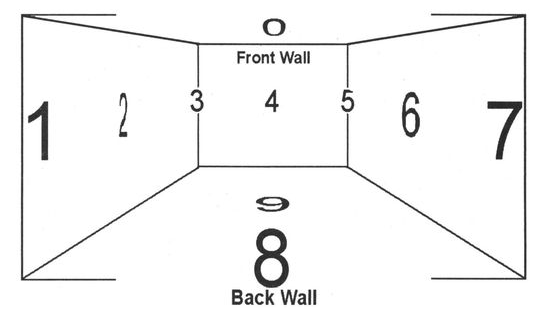
Numbered room system by Dean Vaugh reproduced from How to Remember Anything
Uneven numbers are the corners of the room, and even numbers are the walls. 0 and 9 are ceiling and floor respectively. This system can be used to remember list with more than 10 items by combining multiple rooms.
Concepts - Greek Mythological Figures
There are a large number of Greek mythological figures and many of them represent specific concepts. Since abstract concepts are often difficult to remember, it can be useful to use the image of a mythological figure as adornment for abstract concepts. Find below a list of some figures and associated concepts.
| Figure | Represents | Symbols |
|---|---|---|
| Aphrodite | beauty, love, desire, and pleasure | rose, shell, mirror, myrtle |
| Apollo | music, arts, knowledge, healing, plague, prophecy, poetry, manly beauty, and archery | lyre, laurel wreath, raven, swan |
| Ares | courage, chaotic warfare, bloodshed, and violence | sword, spear, shield, helmet |
| Artemis | hunt, wilderness, animals | bow, arrow, quiver, moon, deer, cypress |
| Athena | reason, wisdom, intelligence, skill, peace, strategic warefare, and handicrafts | owl, olive tree, snake, armour |
| Chaos | nothingness from which all of existence sprang | disorder |
| Charites / Graces | charm, beauty, nature, human creativity, goodwill, and fertility | three women: Aglaea ("Shining"), Euphrosyne ("Joy"), and Thalia ("Blooming") |
| Clio (Muse) | history | scrolls, books |
| Demeter | agriculture, harvest, growth, and nourishment | wheat, bread |
| Dionysus | parties, festivals, madness, ecstasy, and theater | grapevine, goat, ivy |
| Gaia | personification of earth | earth, nature |
| Hephaestus | fire, metalworking, and crafts | smith's hammer, anvil |
| Hera | women, marriage, childbirth, heirs, kings, and empires | peacock feather |
| Hermes | boundaries, travel, trade, communication, language, writing, cunning and thieves | Talaria (winged shoes), Caduceus (staff), Petasos (winged helmet) |
| Hestia | home, domesticity and chastity | hearth and its fire |
| Nymphs | specific place or landform | beautiful maiden |
| Polyhymnia | sacred poetry, sacred hymn, dance, eloquence, pantomime | long cloak and veil, serious, pensive, medetative (holding finger to mouth) |
| Poseidon | sea, rivers, floods, droughts, and earthquakes | trident, fish |
| Melpomene (Muse) | tradegy | tragic mask, knife |
| Thalia (Muse) | comedy, idyllic poetry | comic mask |
| Thanatos | death | poppy, butterfly |
| Urania (Muse) | astronomy, universal love, fact that imagination and the power of thought lift men's souls to heavenly heights | globe, short staff, embroidered with stars, gazes to the heavens |
| Zeus | law, order, and justice | thunderbolt, eagle, oak |
Greeks Gods and Mythological Figures and Related Concepts
Ancient Greek Gods by macrovector
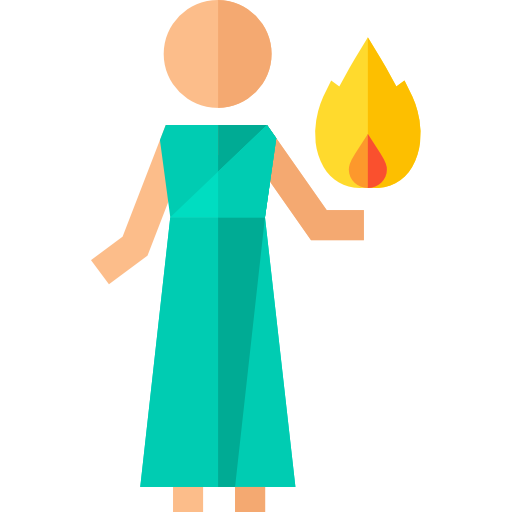
Hestia by Freepik
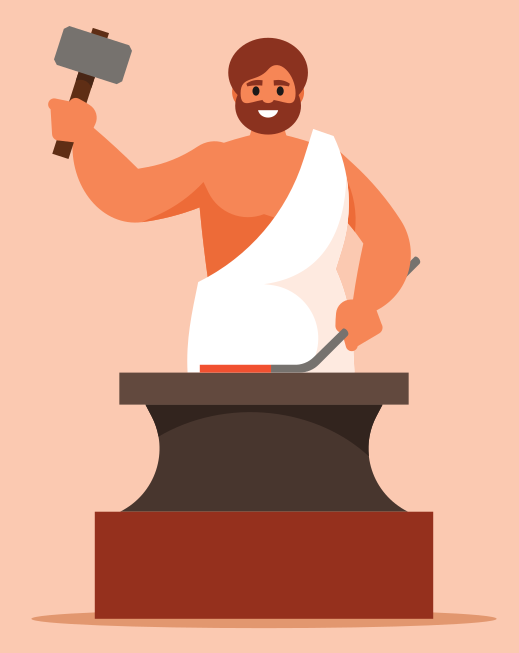
Hephaestus by publicdomainvectors
Concepts - Symbols
Key here is I think to have a relatively limited set of symbols that can be applied often, depending on the subject matters you try to remember most often.
For instance, if you want to remember movie plots, you may come up with symbols for exposition, climax, red herring and deus ex machina.
However, there are some symbols that could be universally useful for many different domains of knowledge. I have listed some of those below:
| Concept | Symbol |
|---|---|
| Important | Exclamation Mark |
| Risk / Danger | Siren |
| Opportunity | Cornucopia |
| Idea | Light Bulb |
| Science / Scientific | Flask |
Symbols for Concteps
While I described a number of possible symbolic systems in this post, there are infinitly more possible. I think key is to find some that connect with you, since the stronger your connection to the symbol, the more powerful it becomes in helping you remember.





